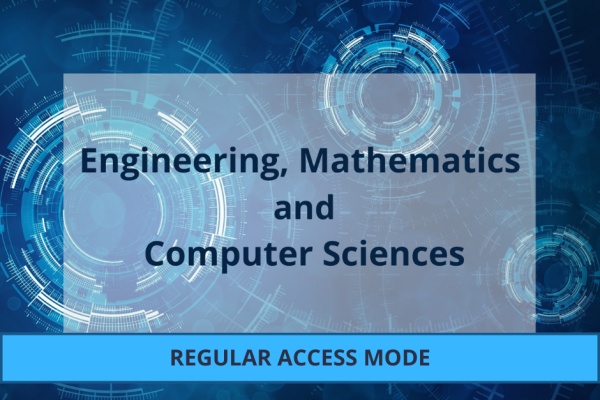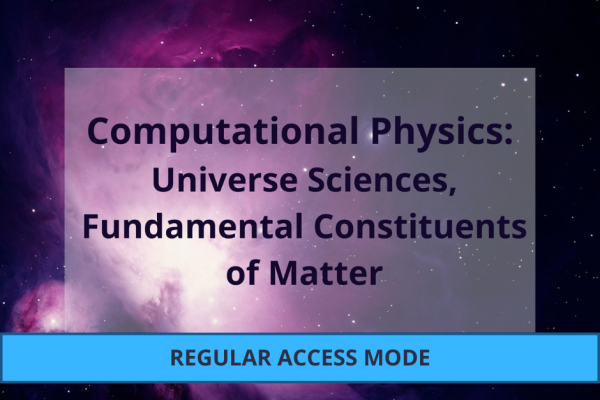Filter by
Awarded Projects (325)
RSS
Aerobic propulsion systems require sufficient airflow through the engine to operate at nominal conditions. Design of the air intake then plays a key role in the performance of the propulsion system.

This project will leverage EuroHPC's GPU capabilities to predict the 3D structure of proteins using advanced and computationally burdensome machine learning algorithms.

Devices relying on quantum effects lie at the heart of modern information and communication technology. Future quantum devices will allow for secure communication, ultra-precise sensors, imaging, and quantum information processing beyond today’s limits.

Bubbly flows play a significant role in various industrial and geophysical processes: chemical and nuclear reactors, atmosphere-ocean exchanges. In addition, the current technologies to capture carbon dioxide involve chemical reactions between CO2-bubbles and liquid reagents.

This project is part of a long-term research program aiming at calculating isospin-breaking and electromagnetic corrections in hadronic quantities from first principles in lattice QCD+QED.

The project's research focuses on advancing 3D image generation, a field with vast potential in virtual reality, movies, robotics simulations, and autonomous driving.

The team's key motivation is to benefit from structural and compositional object-centric representations while modeling frequently occurring interactions between agents such as negotiation scenarios at the intersections.

Fluid mechanics are fundamental to collective behavior in nature and technology ranging from fishschools to wind farms.

Leveraging high quality internal data of the European Institutions at scale to build an EU institutional large language model (LLM)

This proposal centers on investigating two primary research questions:
(i) the influence of Reynolds number on rough-wall turbulence, emphasizing inner/outer region interactions, and
(ii) the effects of wall curvature and its interplay with pressure gradients.